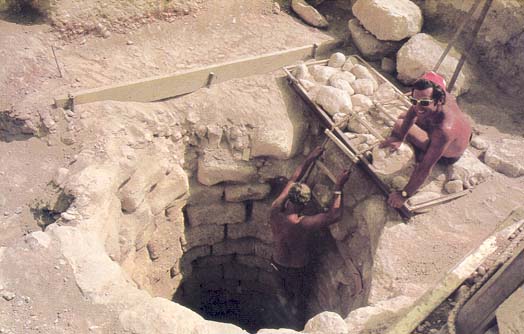Image Details

Ze’ev Herzog
“The well of Abraham” is the anachronistic name given to this well at Tel Beersheba. Although Beersheba is closely identified in the Bible with the patriarchs, excavations indicate that the site was not inhabited until about the 12th or 11th century B.C., much later than the early second millennium B.C., when pastoral nomadism dominated and when the patriarchs would most likely have lived—assuming that they were historical figures. “I don’t think archaeologists or Biblical scholars will ever again be much interested in the so-called patriarchal period,” William Dever asserts in the accompanying interview. “It’s true that some elements of these stories do seem to go back to the Late Bronze Age (1500–1200 B.C.) or the Middle Bronze Age (2000–1500 B.C.) or even earlier. But in their final form, it’s very difficult to use them as historical sources.”
